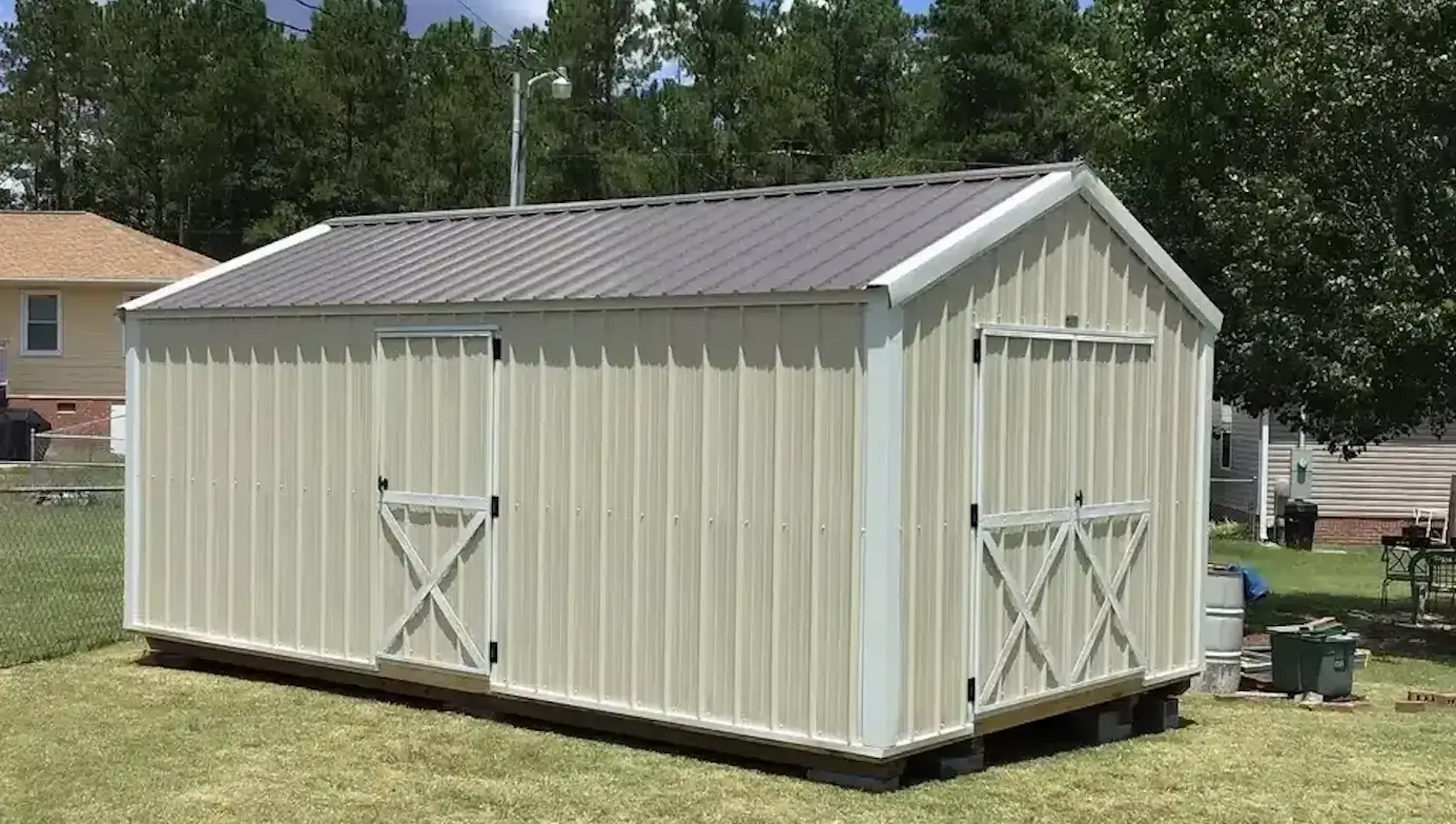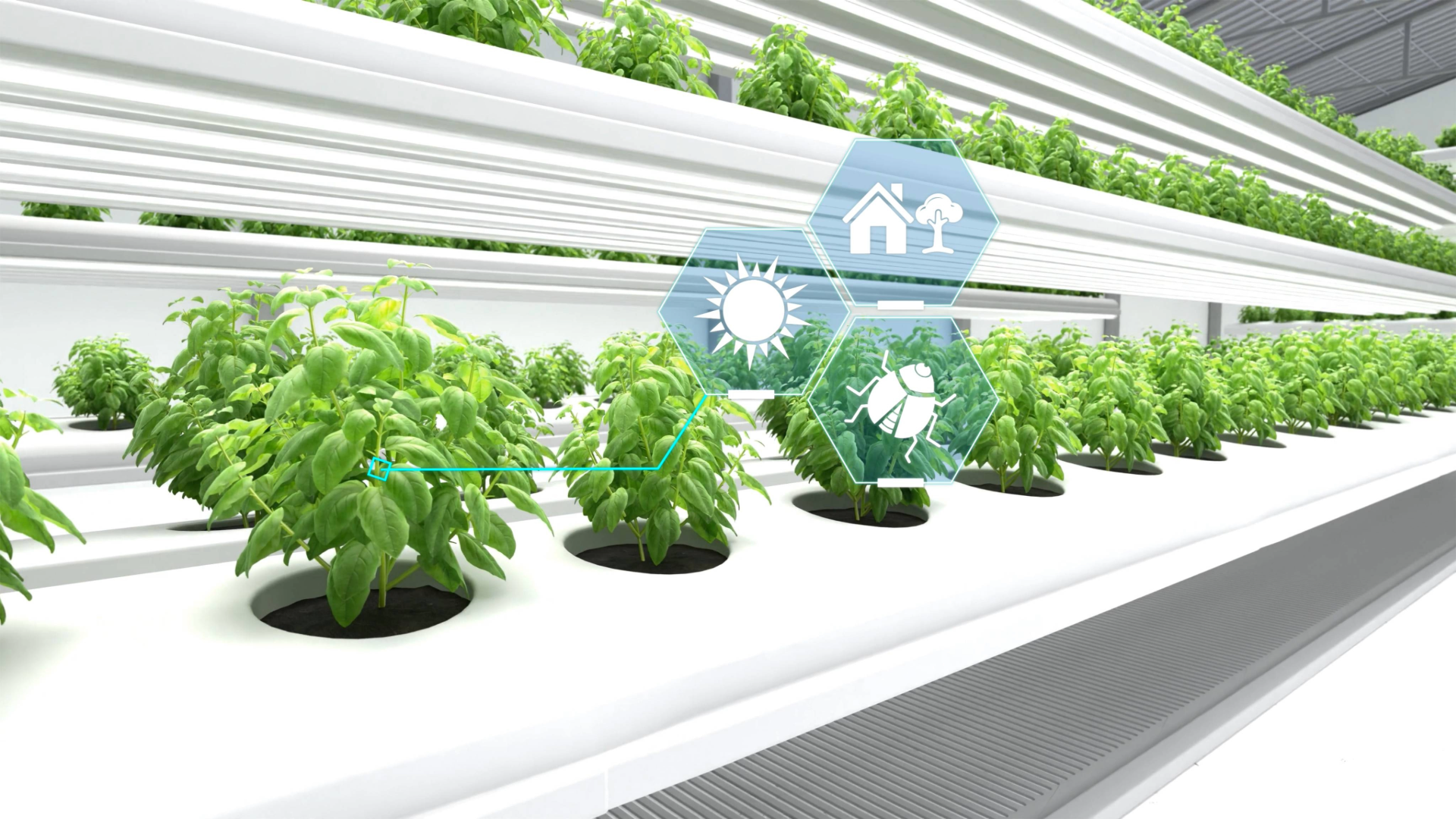
August 24, 2025

Precision is everything in today’s rapidly evolving agricultural environment. But the quest for consistent yields, resource efficiency, and climate resilience, from vertical farms to greenhouses to high-tech grow rooms, is pushing growers to rethink the way they keep an eye on their environment. That’s where integrated climate control and airflow systems fit in.
From regulating temperature and humidity to optimizing airflow and lighting movement, these smart environment systems are transforming modern agriculture. With cutting-edge innovations from leaders like Gualala Robotics Inc., Rhythm CSS, and Green Tech Environmental, growers now have access to powerful tools that combine grow room climate control, greenhouse airflow solutions, and agricultural air purification—all in one streamlined system.
Optimal growing conditions are not just a luxury in indoor and greenhouse farming — they’re a necessity. You are, with climate control, expressing the genetic potential of your plants.
Key climate factors that affect plant growth:
| Parameter | Controlled Result |
|---|---|
| Temperature | Faster, healthier plant development |
| Humidity | Disease prevention and nutrient flow |
| CO₂ | Boosted photosynthesis & growth |
| Light Levels | Increased yield & flowering |
Without consistent control, you have no idea what your growing environment is contributing or what type of yield you’re receiving.
Here are possible problems caused by poor climate control:
Small climatic variations may have demanding effects on yield and quality.
Welcome to an era of automated climate control, in which sensors, analytics, and automation work in concert to keep a proper growing environment going 24/7.
What are the needs of smart systems?
| Benefit | Impact |
|---|---|
| Consistent Microclimate | Uniform crop development |
| Remote Access & Automation | Reduced manual labor |
| Custom Scheduling | Precision through all growth stages |
| Data Tracking & Reporting | Better decision-making |
For growers who want to do more with less, Gualala Robotics Inc. delivers unmatched precision and performance in grow light automation. This American-built company has been changing the game since 1986 for indoor growers, creating robotic grow light movers that reduce shadows, eliminate hot spots, and maximize grow light Ppfd in every grow cycle.
From the LightRail 3.5 IntelliDrive, the LightRail 4.0 AdjustaDrive, the LightRail 4.20 to move two grow lights inline, and the LightRail 5.0 Side by Side, Gualala Robotics is proud to offer the finest light movers in the industry—smart, energy-efficient robotics.
Why Move Your Light?
Perfect for:
No matter if you’re growing in a compact tent or a commercial-scale facility, LightRail can help you get more competitive results by helping you use more of the light you already have—with less heat and more even coverage—with a better return on investment. LightRail is simply the #1 grow light efficiency product on the market. And when each unit is proudly built in the USA, it's supporting long-term quality that performs crop after crop, year after year.
When accuracy combines with efficiency, growth happens, and it’s called Rhythm CSS: a cultivation technology innovator that’s revolutionizing the way professional growers control climate and fertigation. With years of hands-on industrial automation know-how, Rhythm CSS provides growers with intelligent magic for the ages where power meets the user.
Intelligent Fertigation Made Simple
Rhythm provides the most extensive line of fertigation systems in the industry, all designed for a variety of growing systems. Whatever your requirements, from inline injection and recirculation to day storage and batch models, all systems are tailor-made to guarantee your operation a perfect fit.
Fertigation models include:
Each setup comes with accurate nutrient injection pumps and VFD-controlled pumping systems, ensuring optimal delivery and efficiency.
Airflow is often a forgotten element, but it is critical to getting a crop to succeed. Dead air plants cause disease and skew the temperature balance, and good circulation boosts productivity.
The benefits of good airflow are:
| Air Movement | Plant Benefit |
|---|---|
| Gentle circulation | Strong stems and branches |
| Even ventilation | Reduced stress & disease |
| CO₂ enrichment | Improved growth rates |
Greenhouse ventilation needs to be adjustable and dynamic to cope with outdoor changes.
Good air-to-air options include:
| Setup Type | Crop Consistency |
|---|---|
| Static air, no fans | Poor |
| Basic circulation | Moderate |
| Multi-zone ventilation | High |
Clean air is not only a matter of comfort — it’s a matter of protection. VOCs, dust, and allergens can all be collected in grow rooms, leading to potential harm to you and your plants.
Why air purification matters:
Benefits of advanced air filtration systems:
| Factor | Without Purification | With Purification |
|---|---|---|
| Odor Control | Low | High |
| Pathogen Presence | High risk | Low risk |
| Worker Comfort | Inconsistent | Improved |
| Plant Health Outcomes | Unpredictable | Stable |
In the world of indoor agriculture and commercial air quality, Green Tech Environmental sets a new standard for filtration efficiency and environmental responsibility.
At the core of their innovation is the ODOGard-powered filter—a two-in-one solution that targets both airborne particles and harmful gas-phase contaminants like VOCs and odors. Unlike traditional filters, Green Tech filters maintain their MERV rating for the entire lifespan, delivering consistent, reliable performance.
Nanofiber Technology = Superior Filtration Green Tech’s nanofiber material is spun 400x thinner than a human hair, capturing even the tiniest pollutants. The benefits?
For sure, in today’s controlled agriculture, airflow and temperature are no mere comfort panaceas; they are productivity tools. Here’s how using smart HVAC and air conditioning technology can help you take your grow room to the next level:
By investing in an integrated HVAC and air control technology backbone, growers can turn environmental challenges into competitive advantages: higher yields, lower costs, and smarter grows.
Efficiency isn’t just good business — it’s an environmental responsibility. With the right tools, growers can reduce waste while enhancing plant productivity and ecological outcomes.
A well-planned climate and airflow system not only promotes healthy plant growth — it supports profitability, sustainability, and stewardship of the environment.
Agriculture is changing — and quickly. From vertical farms to high-tech greenhouses, farmers are using amazing environmental control technology to grow food. Accuracy, repeatability, and durability are no longer nice to have to compete in the agriculture market today.
The future is in intelligent, connected systems that adjust on the fly, conserve resources, and do more with less. Automation, data, and intelligent infrastructure aren’t just innovations — they’re headed for standard operating procedures.
Today, some of the most advanced farms aren’t out in the countryside — they’re located in cities and powered by cloud-based technologies. These intelligent systems, then, are always sensing the environment and regulating and controlling light, automatic watering, CO₂ concentrations, and air movement —intuitively, and without human input.
Emerging trends include:
It removes the guesswork and allows for better, more informed, and faster decisions to achieve better, more consistent yields.
| Category | Benefits | Key Features |
|---|---|---|
| Sustainability | Reduces environmental impact, saves resources |
|
| Scalability | Grows with your operation—no major overhauls needed |
|
| Data-Driven Growing | Makes operations smarter, faster, and more profitable |
|
One thing is clear: the future of farming is smart, connected, and sustainable. With the combined climate management and airflow solutions of smart automation and real-time analytics, growers aren’t simply maximizing anymore; they’re redefining the art of growing.
Groundbreaking industry innovators such as Gualala Robotics Inc., Rhythm CSS, and GreenTech Environmental have already ushered in the next generation of cultivation tools.
By investing in technology that integrates lighting, fertigation, airflow, and air purification, growers are able to increase yields, reduce inputs wasted, and scale with confidence. These collaborations are building their blueprint for more intelligent fields, healthier harvests, and a more sustainable future for food.
Disclaimer: This material is for informational purposes only and should not be relied on for legal, medical, financial, or other professional advice.
Sources:
U.S. Environmental Protection Agency - Climate Change Impacts on Agriculture and Food Supply
USGS - Volatile Organic Compounds (VOCs)
While all environmental elements matter, temperature, humidity, and airflow are the most critical to control first. These directly affect nutrient uptake, disease resistance, and overall growth. Smart systems integrate and regulate these factors to create ideal growing conditions.
Automated fertigation delivers water and nutrients precisely when and where plants need them. This accuracy reduces waste and prevents over- or underfeeding, promoting a healthier root zone and more vigorous plant growth.
Absolutely. Most modern systems are modular and scalable, making them perfect for everything from small home grow tents to large commercial greenhouses or vertical farms.